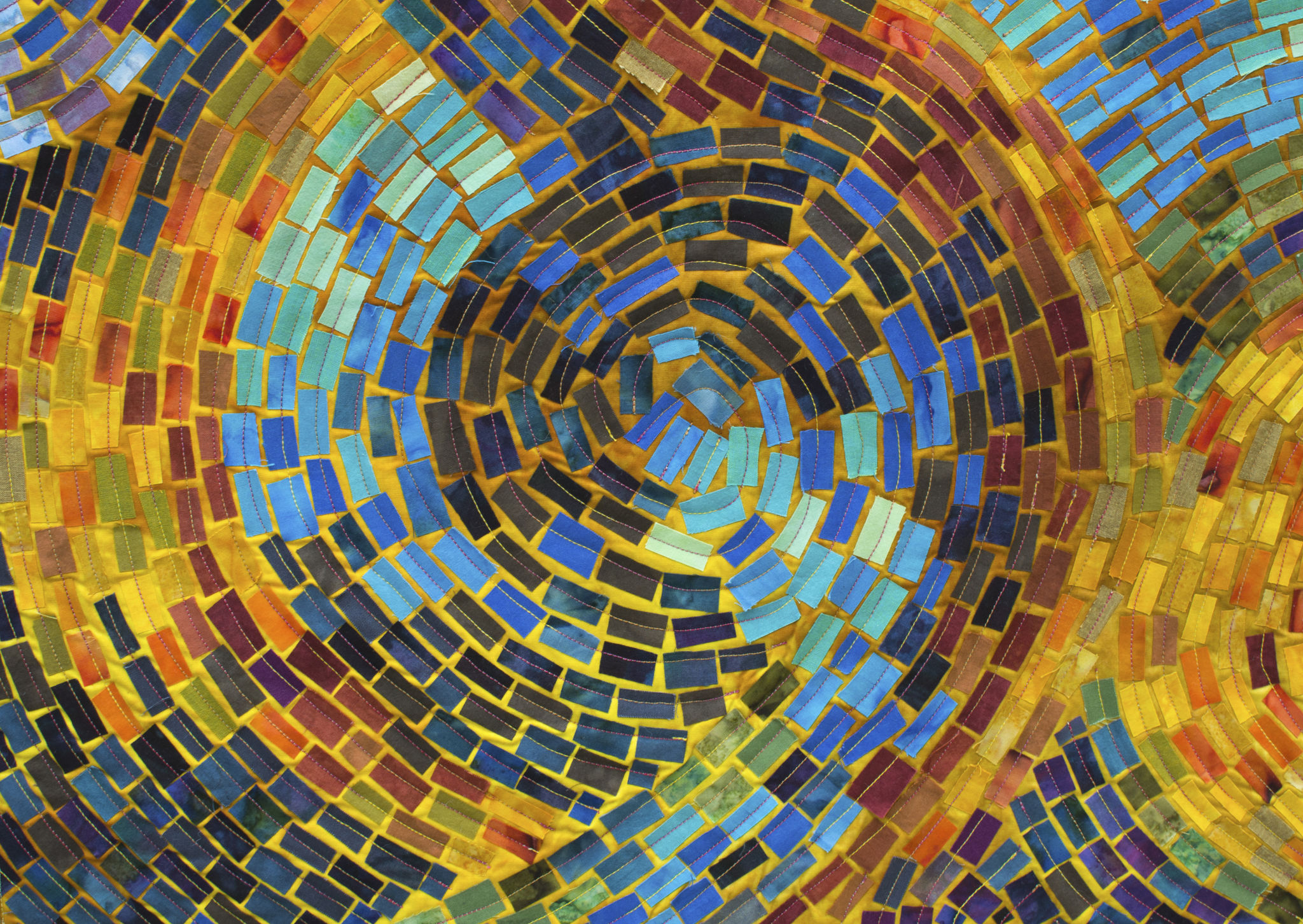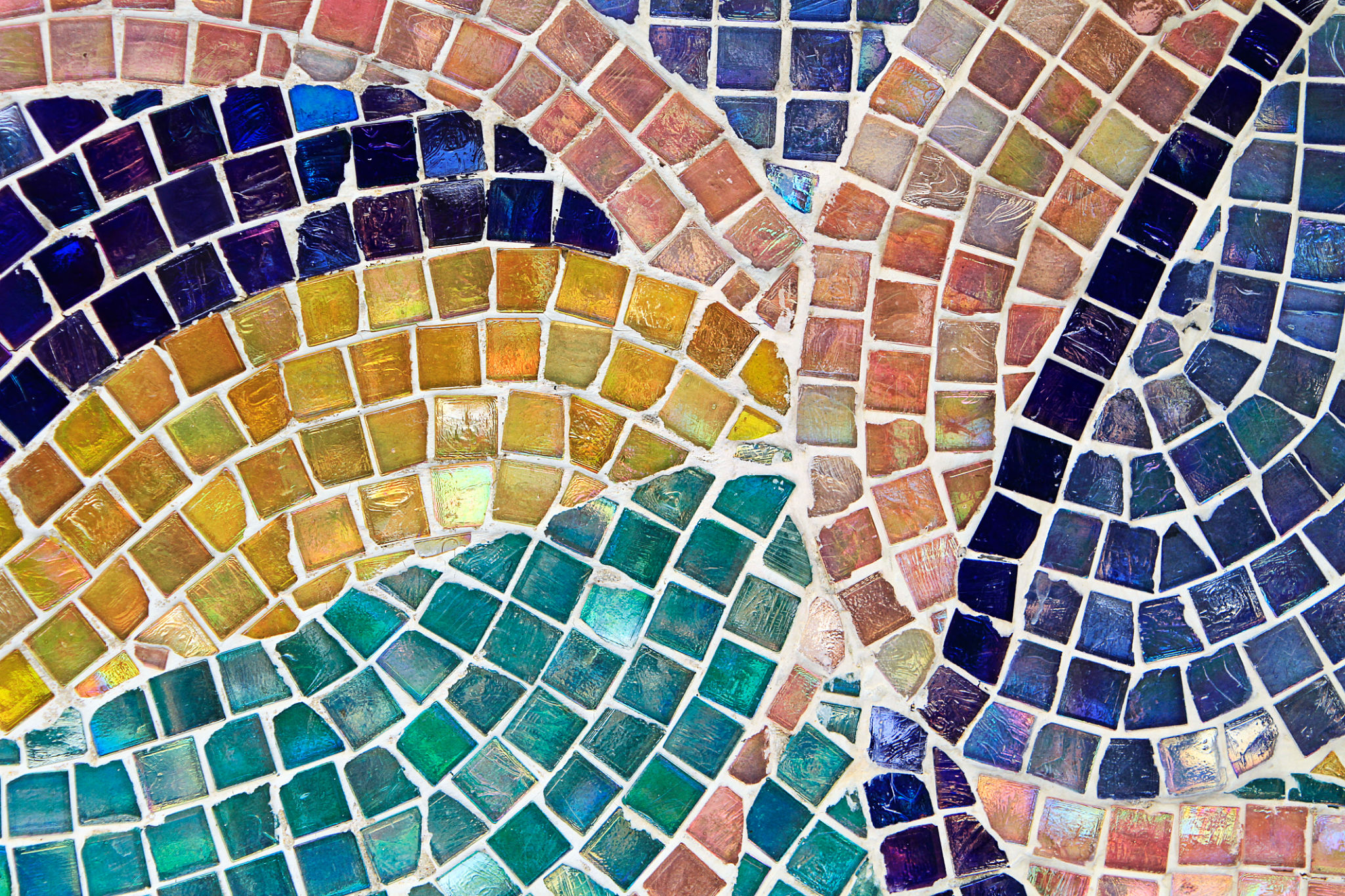Exploring Mosaic Art in Alicante: From Ancient Traditions to Modern Creations
The Rich History of Mosaic Art in Alicante
Alicante, a vibrant city located on Spain's southeastern coast, is renowned not just for its stunning beaches and lively festivals but also for its rich cultural heritage. Among its many artistic traditions, mosaic art stands out as a distinctive form that has evolved over centuries. From ancient Roman influences to contemporary artistic expressions, mosaic art in Alicante offers a fascinating journey through time.
Mosaic art dates back to ancient civilizations, where small, colored stones and tiles were meticulously arranged to create intricate patterns and images. In Alicante, this art form gained prominence during the Roman era. The remains of Roman villas and baths in the region showcase exquisite mosaics depicting mythological scenes and geometric designs, reflecting the grandeur of the period.

Modern Interpretations and Techniques
While Alicante's historical mosaics provide a glimpse into the past, the city also embraces modern interpretations of this timeless art. Contemporary artists in Alicante have pushed the boundaries of traditional mosaic techniques, incorporating a variety of materials such as glass, ceramics, and even recycled items. This fusion of old and new creates visually stunning pieces that capture the essence of the region's dynamic culture.
Today, artists use innovative techniques to bring mosaics to life, transforming public spaces and private homes into vibrant canvases. The streets of Alicante are adorned with colorful mosaic murals and installations that tell stories of the city's heritage, landscape, and community spirit. These modern creations not only beautify the city but also serve as a testament to the enduring appeal of mosaic art.

Exploring Mosaic Art in Public Spaces
Alicante's commitment to preserving and promoting mosaic art is evident in its public spaces. The city boasts several notable sites where visitors can admire this unique form of artistic expression. The Esplanade of Spain, a popular promenade lined with palm trees, features an iconic mosaic pavement designed with over 6 million tiles. This wavy pattern symbolizes the Mediterranean Sea and is a must-see for anyone exploring Alicante.
Another remarkable site is the Parque de Canalejas, where colorful mosaics adorn benches and sculptures, creating a lively atmosphere for both locals and tourists to enjoy. These public displays not only add aesthetic value but also foster a sense of community pride and engagement with the arts.

Embracing Mosaic Art Through Workshops
For those interested in diving deeper into the world of mosaics, Alicante offers a range of workshops and courses. Local artists and studios provide hands-on experiences where participants can learn traditional techniques and create their own mosaic masterpieces. These workshops cater to all skill levels, making them accessible to beginners and seasoned artists alike.
Engaging in a mosaic workshop not only enhances one's appreciation for this intricate art form but also provides an opportunity to connect with Alicante's cultural roots. By participating in these activities, visitors can take home a piece of the city's artistic heritage while gaining new skills and insights.

The Future of Mosaic Art in Alicante
The future of mosaic art in Alicante looks promising as artists continue to innovate and inspire with their creations. The city's dedication to preserving this cultural legacy ensures that both residents and visitors can enjoy and engage with mosaic art for generations to come.
As Alicante embraces new technologies and artistic trends, the potential for mosaic art to evolve and flourish is boundless. Whether through public installations or personal creations, mosaic art remains a vital part of Alicante's identity, offering a vibrant tapestry of history and modernity interwoven in every tile.
